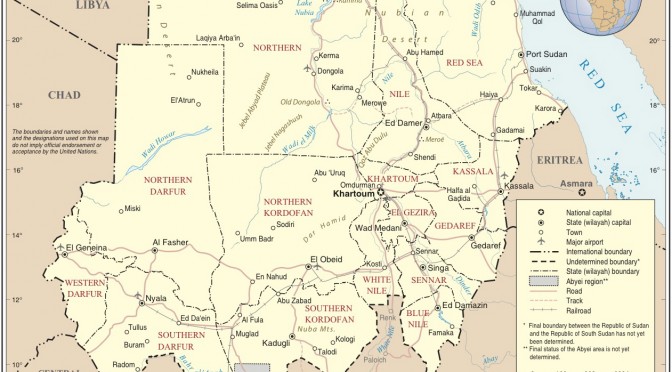
Wind energy has emerged as a promising solution to address the global need for sustainable and renewable energy sources. As the world grapples with the pressing issue of climate change, countries around the globe are increasingly recognizing the importance of harnessing the power of wind to reduce greenhouse gas emissions and secure a cleaner, greener future. Sudan, a country located in the northeastern part of Africa, is no exception to this trend. With its vast land area and favorable wind conditions, Sudan is well-positioned to tap into the immense potential of wind energy and transform its energy landscape.
Sudan’s interest in wind energy is not only driven by environmental concerns but also by the need to diversify its energy mix and ensure energy security for its rapidly growing population. Currently, the country relies heavily on fossil fuels, particularly oil and gas, to meet its energy needs. However, this dependence on non-renewable resources has exposed Sudan to the risks associated with volatile oil prices and dwindling reserves. In light of these challenges, the Sudanese government has embarked on a journey to explore alternative energy sources, with wind energy emerging as a key contender.
The potential for wind energy in Sudan is immense, thanks to the country’s unique geographical features. Situated in the Saharan and Sahelian zones, Sudan is characterized by vast stretches of flat, open terrain that are ideal for the installation of wind turbines. Moreover, the country’s long coastline along the Red Sea offers additional opportunities for the development of offshore wind farms. According to a study conducted by the United Nations Development Programme (UNDP), Sudan has the potential to generate up to 65,000 megawatts (MW) of wind power, which is more than enough to meet the country’s current electricity demand.
Recognizing this potential, the Sudanese government has taken several steps to promote the growth of the wind energy sector. In 2013, Sudan launched its first-ever wind energy project, the 5 MW Al-Damer Wind Power Plant, which was funded by the Islamic Development Bank. Since then, the country has continued to invest in wind energy infrastructure, with plans to install 500 MW of wind power capacity by 2031. This ambitious target is part of Sudan’s broader strategy to increase the share of renewable energy in its energy mix to 20% by 2031.
To achieve these goals, Sudan has sought the support of international partners and investors. In recent years, the country has signed several agreements with foreign companies to develop wind energy projects, including a deal with the Turkish company, Atlas Global Energy, to build a 70 MW wind farm in the Red Sea State. Additionally, Sudan has received technical assistance from the UNDP and the Global Environment Facility (GEF) to conduct feasibility studies and develop a roadmap for the expansion of its wind energy sector.